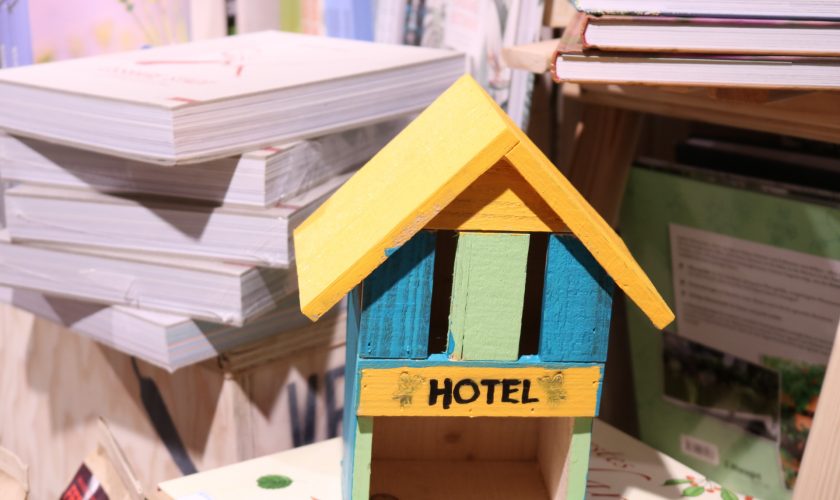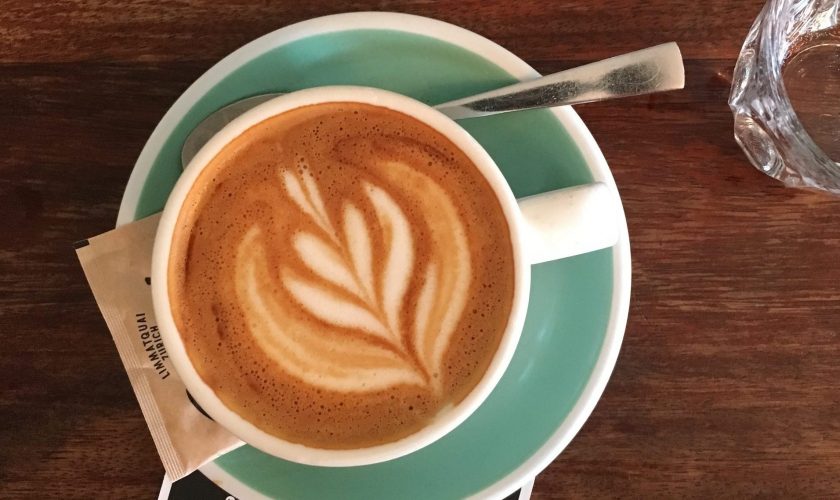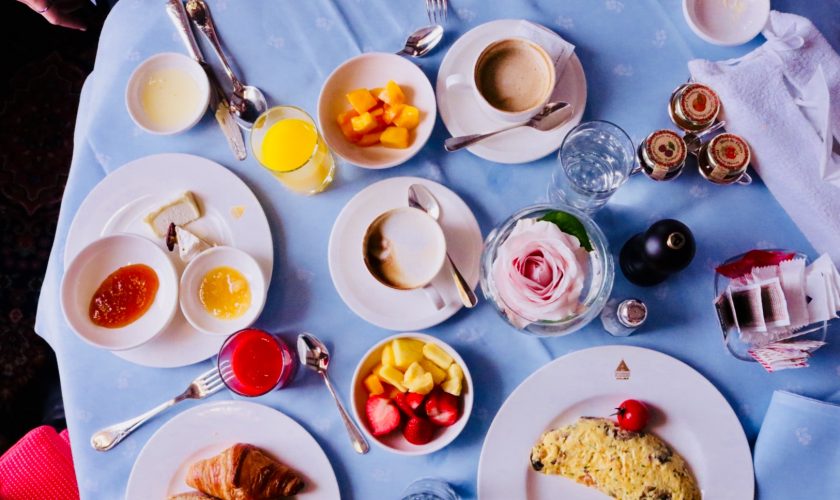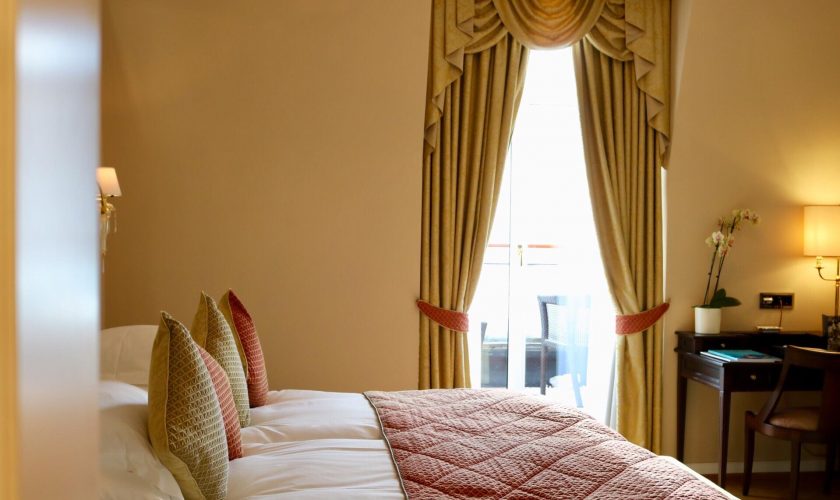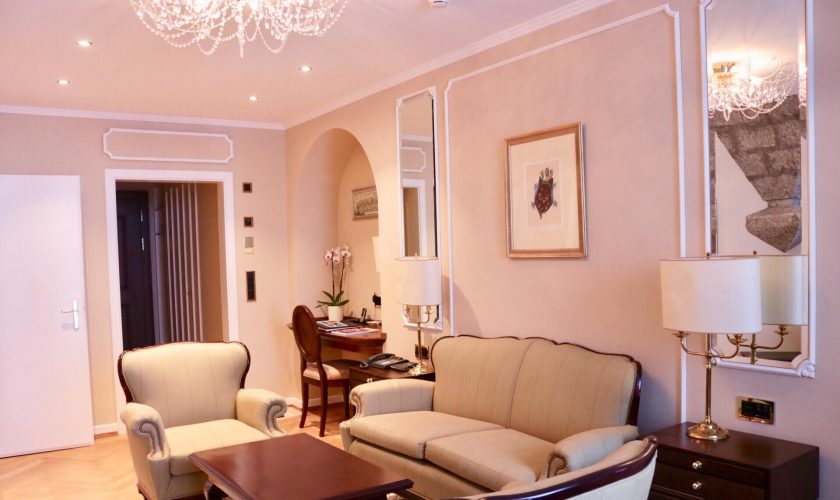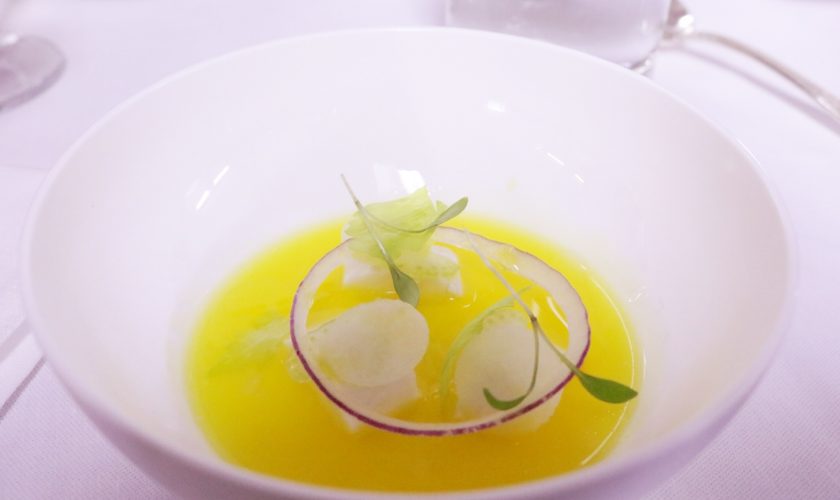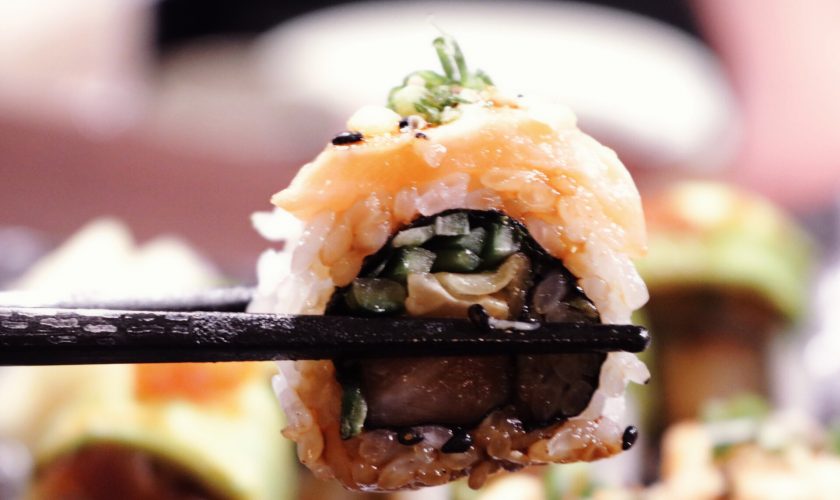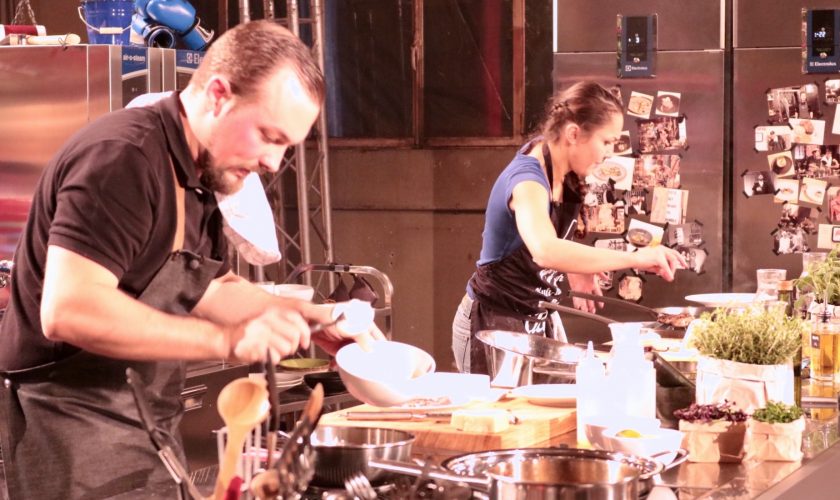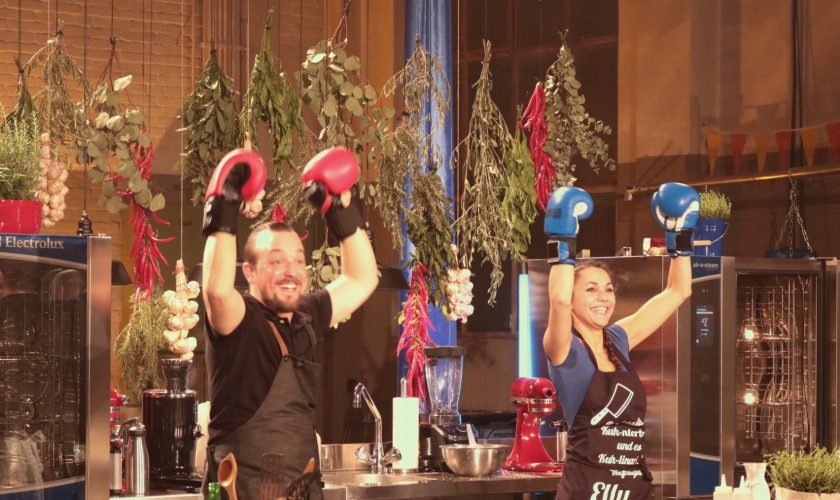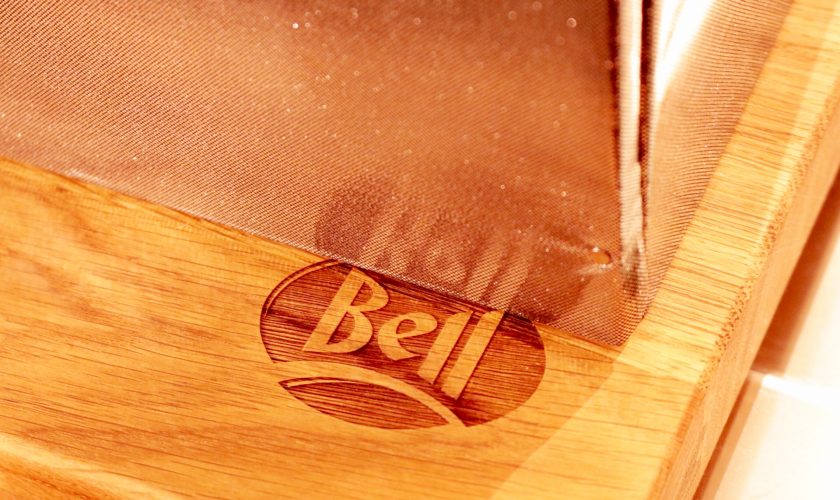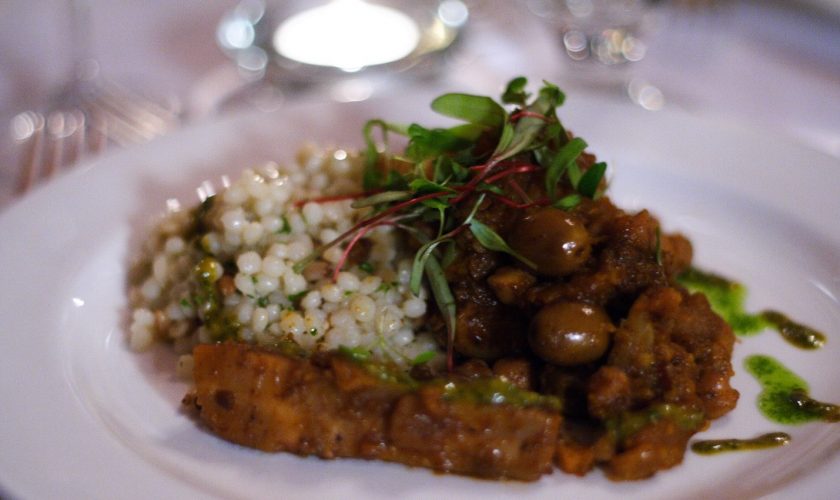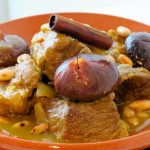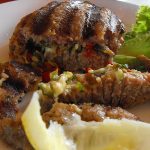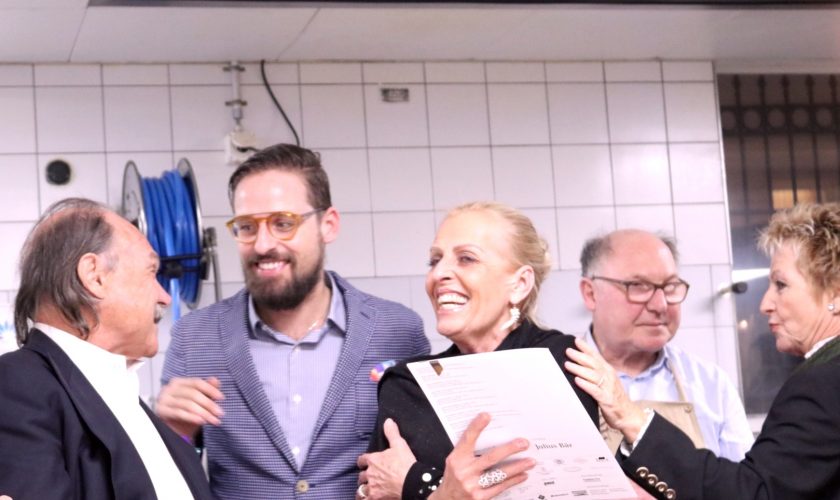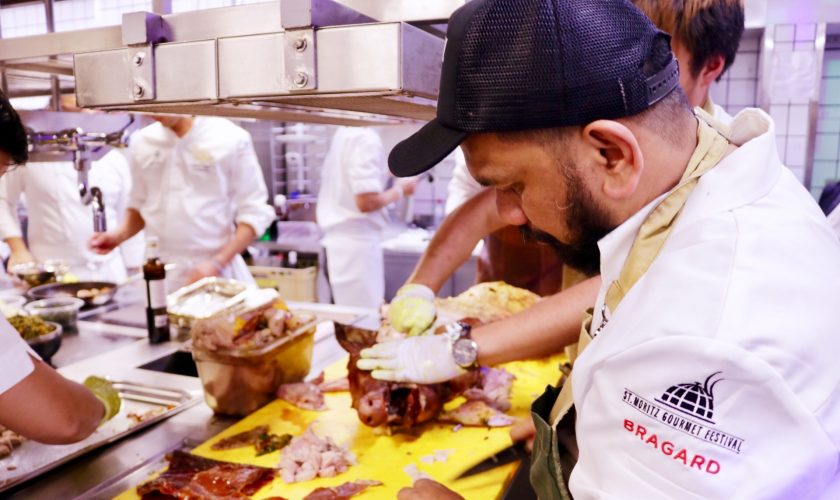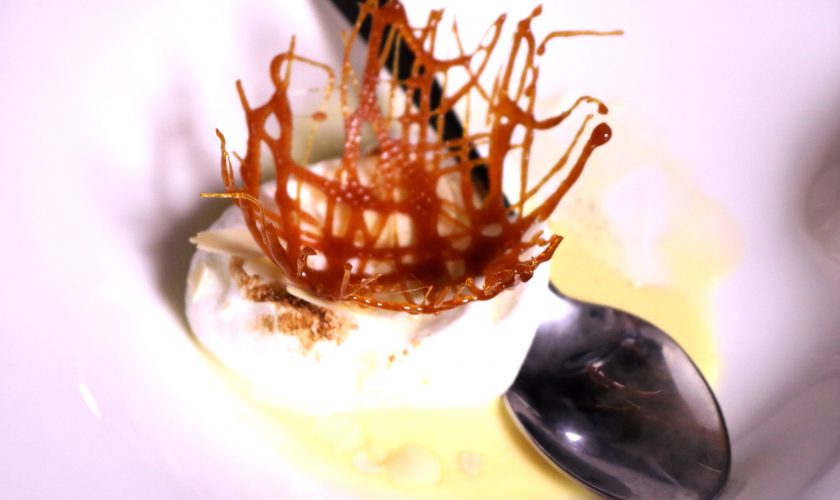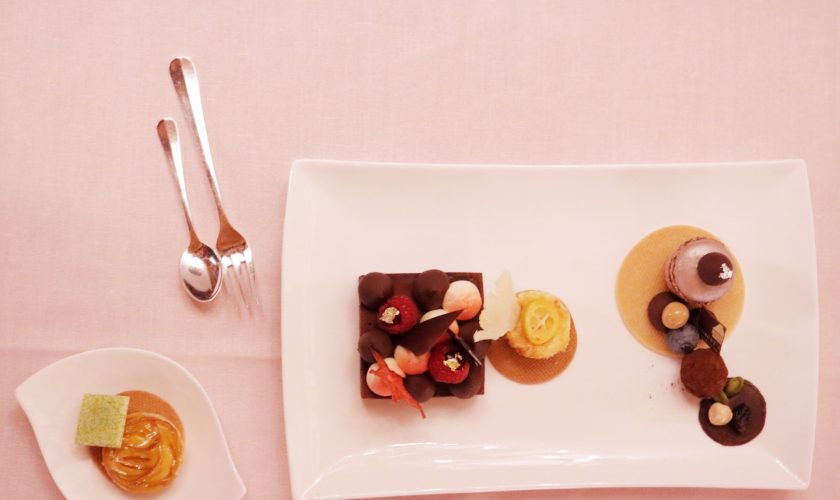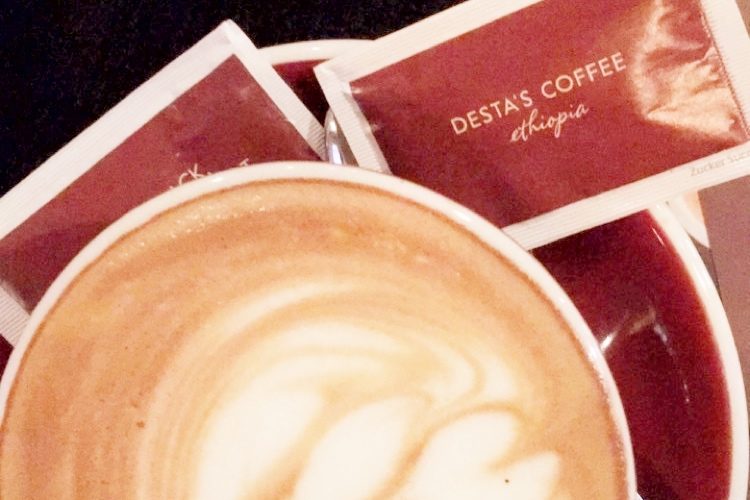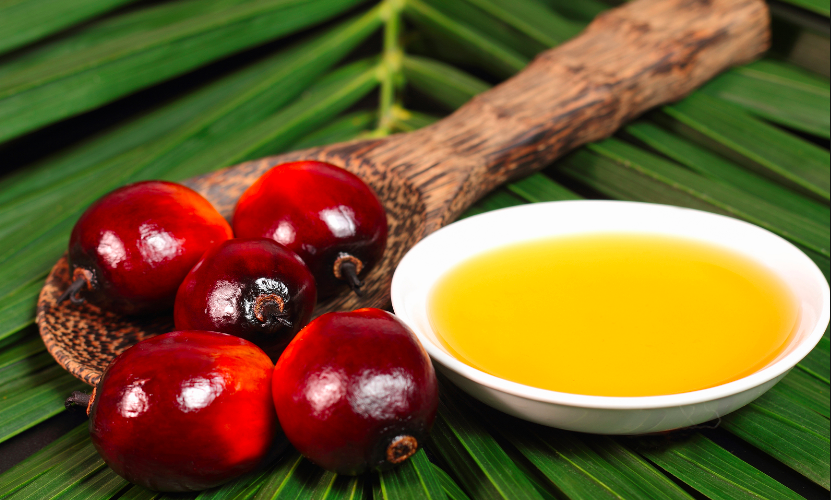My personal highlights: Planting my first salad seeding and realizing how simple & easy it is to create a little garden on a balcony in a sexy garden grow bag
Start to know food where it grows – cultivate your little urban garden on your Zurich balcony
What is left is the special feeling of touching fresh earth and the desire to grow food from scratch with my own care and love.
Interested to know more about how to you initiate your own urban gardening project?
Get your knowledge and starting motivation @Veg an the city. Begin with their basic course and see where it brings you! A class costs 95 CHF for 3 hours of full knowledge transfer and hands-on gardening.





